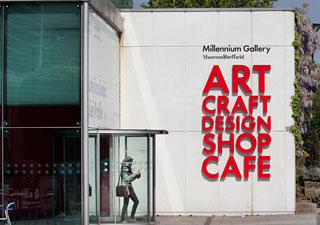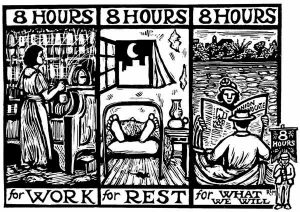It’s time to think about songs for summer. (I’ve pinched this image, these are not my songs – but I really must check out “My Friend, the Dictionary!)
What do I think about when choosing what we are going to sing? When we were first setting up the choir’s current structure, the idea of a song choice committee was mooted, and I confess I vetoed it. I know there are choirs where this works, but not for me. I’m very happy for people to suggest a song, but as Musical Director I need to have the last word. I may have used the phrase “benign dictatorship”.
Musically, a song needs to be appealing. I like interesting harmonies, and each part should be fun to sing – no arrangements where the altos sing the same three notes. A good choir song will be complex enough to be interesting, but simple enough to learn by ear, by heart. (Actually, those boring alto lines that only ever use three notes are really difficult to learn: the brain likes a melody.)
When it comes to lyrics, we need to be able to sing the words happily standing next to people we don’t know well – no Afternoon Delight or Nobody Does it Better. We’re not going to sing Delilah. I don’t choose many love songs and when I do, I like a refrain like “We’ll always be together, together in electric dreams.” Overall, I like a song that makes sense when it is sung as a group, as “we” as well as “I”.
We state in our constitution:
The choir is not aligned to any political party or religious denomination. The committee and the choir performances reflect the commitment of the choir to issues … concerned with equality, humanity and respect and which celebrate the rich diversity of our local and national community.
(A side note: I’d forgotten we used the phrase “national community” and I feel unsure whether there is such a thing – but I can see we thought “local community” was too limiting. I hope we have the capability to reach beyond national boundaries as well.)
I do seek out songs which chime with our values. Every time we say the lyrics together we express something about our identity, and it strengthens the group spirit. I like to sing songs in other languages to find kinship with people across the world. They have to have musical worth, too. Worthy sentiments without musical interest won’t make the cut.
Not every song we choose is deep and meaningful. There is always room for songs that are just fun to sing – The Sloop John B, Don’t Sit under the Apple Tree, Time after Time.
Over the past year, the over-riding theme of our songs has been togetherness and resilience. We are all experiencing our lives separately and everyone has their own difficulties. It seemed important to get by with a little help from our friends, to keep our hearts good in the bad times, to put a little love in our hearts, accentuate the positive and to know that better times will come. Most of these songs were in our repertoire already, because these values are exactly the sort of thing we like to sing about.
As we sing in Unison in Harmony, “What we sing is what we are.”






 I’m going to tell you a story now. It’s about a tall factory where too many people, mostly young women, worked long hours making clothes they couldn’t afford to wear.
I’m going to tell you a story now. It’s about a tall factory where too many people, mostly young women, worked long hours making clothes they couldn’t afford to wear.